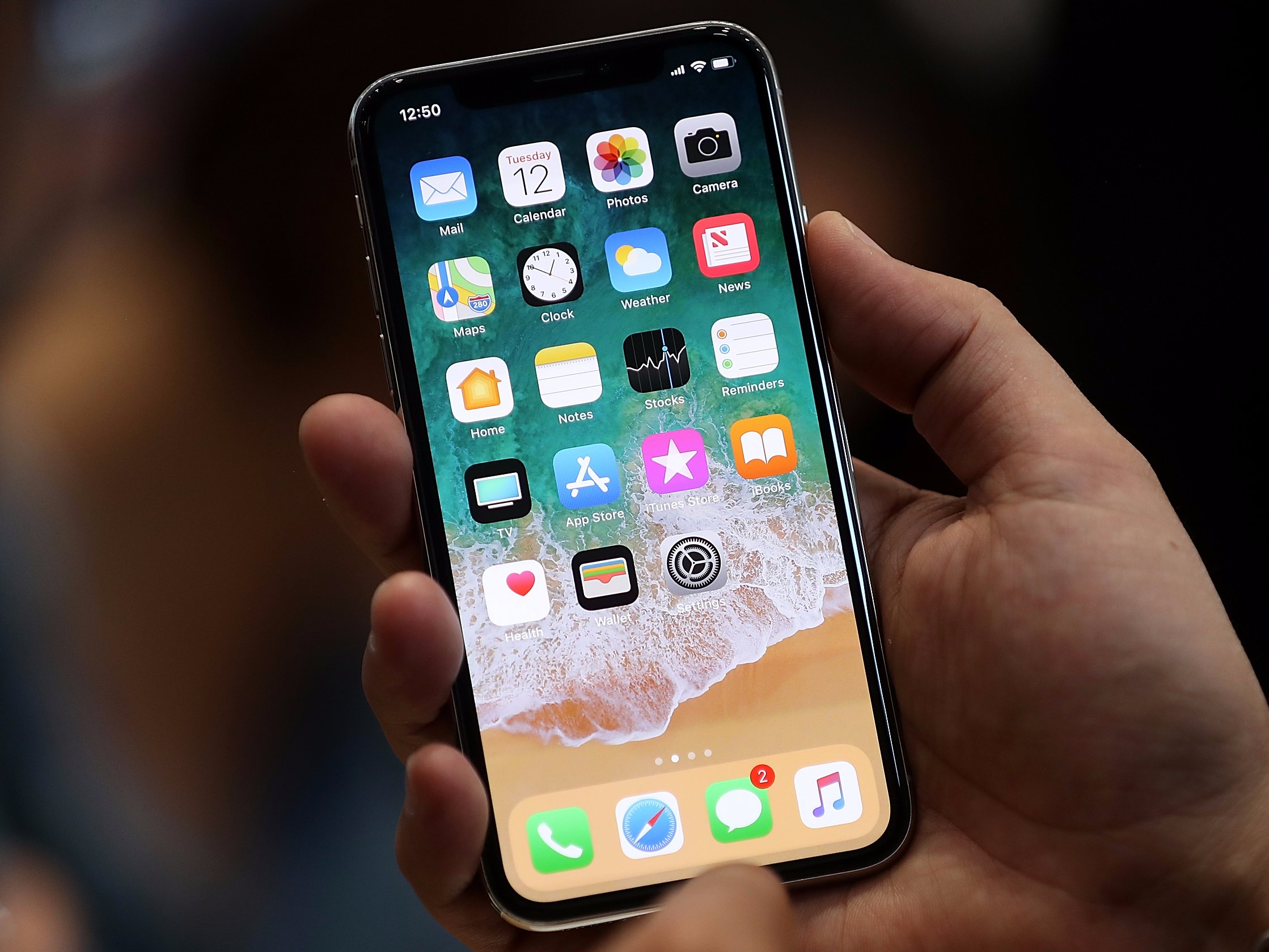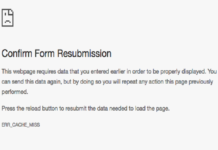Warning: Undefined array key "https://www.mobinfo.net/news/" in /home/techwknj/mobinfo.net/wp-content/plugins/wpa-seo-auto-linker/wpa-seo-auto-linker.php on line 192
Open and highly free, it is the reason many people love the Android system, but more people start to understand it after purchasing a smart phone. With the introduction of Google’s Android 5.0 release, we can still improve the sense of speed with some fine-tuning tips.
Turning off the transition animation
Although Google claims that the Android L generation has a lower hardware threshold than ever before, the addition of rich and lively transition animations still leaves many people intolerant. At this time, you can improve the mobile phone’s experience by speeding up or turning off the transition animation.
First you must open the “developer options”. Go to “About Phone” in the phone settings, find the “Software Version” and click on it multiple times, and the prompt “Get Developer Options” will appear.
Then go back to the settings home page, find “developer options” and enable, then find “window animation scale”, “transition animation ratio” and “Animator movie length ratio” in the list, adjust from 1X to 0.5X depending on the demand or Completely shut down, and then you should feel the difference in operating the phone.
Turn off the unlocking animation.
The playful unlocking animation is also very tired for a long time. Some models provide the closing option for adjustment. You can find the “Lock Screen” option in the phone settings page. After entering, you can click “Unlock the effect”. The project was adjusted.
Cleaning up the cache
As the phone is used for a longer period of time, more and more data is accumulated in the system and the App, which will affect the reading and execution speed over the years. In addition to downloading the system to clean up the app, Android actually has a simpler built-in method.
Go to the phone settings page, enter the “storage space” option, wait for the phone to analyze the space usage status, click the “quick buffer data” option and make sure the cleaning is complete.
Disable preloading service
Many preloaded services in mobile phones will never be used. If they are automatically started, they will waste valuable system resources. The way to avoid this situation is to remove or disable it directly. This old method is the basic must-have technique for Android system users.
Also go to the phone settings page, click on “Applications” and slide to the “All” tab, then swipe up and down to view those programs that are not necessary. Most of them use the pre-loaded App as the priority for the decommissioning of the app, and the rest are adjusted according to your needs.
Increase the amount of Chrome cache
If you are already a heavy user of the mobile Internet, you can try this Chrome browser advanced tuning technique. Its main principle is to increase Chrome’s memory cache capacity, allowing browsers to load more network components and pages. However, we do not recommend this adjustment for phones below 2GB of memory, so as not to affect system resource allocation.
First open the Chrome browser, type “chrome://flags/#max-tiles-for-interest-area” in the location column, then click “Preset” and select “512”, then pull to the bottom and click “Restart” “Browser. If you can’t find this option, it means that the adjustment has not been opened.































